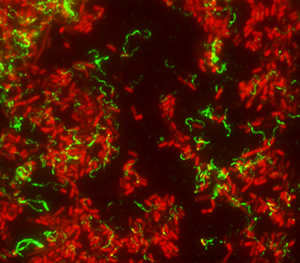Lower Part of Earth’s Atmosphere is Warming, Data Review Concludes
The troposphere, the lower part of the atmosphere closest to the Earth, is warming in ways that are broadly consistent with both theoretical expectations and climate models, according to a new scientific study from the National Oceanic and Atmospheric Administration (NOAA) and the NOAA-North Carolina State University Cooperative Institute for Climate and Satellites (CICS).
Since the development of the first climate models in the 1960s, the troposphere has been projected to warm along with the earth’s surface because of the increasing amounts of greenhouse gases in the atmosphere. This expectation has not significantly changed even with major advances in climate models. (more…)



